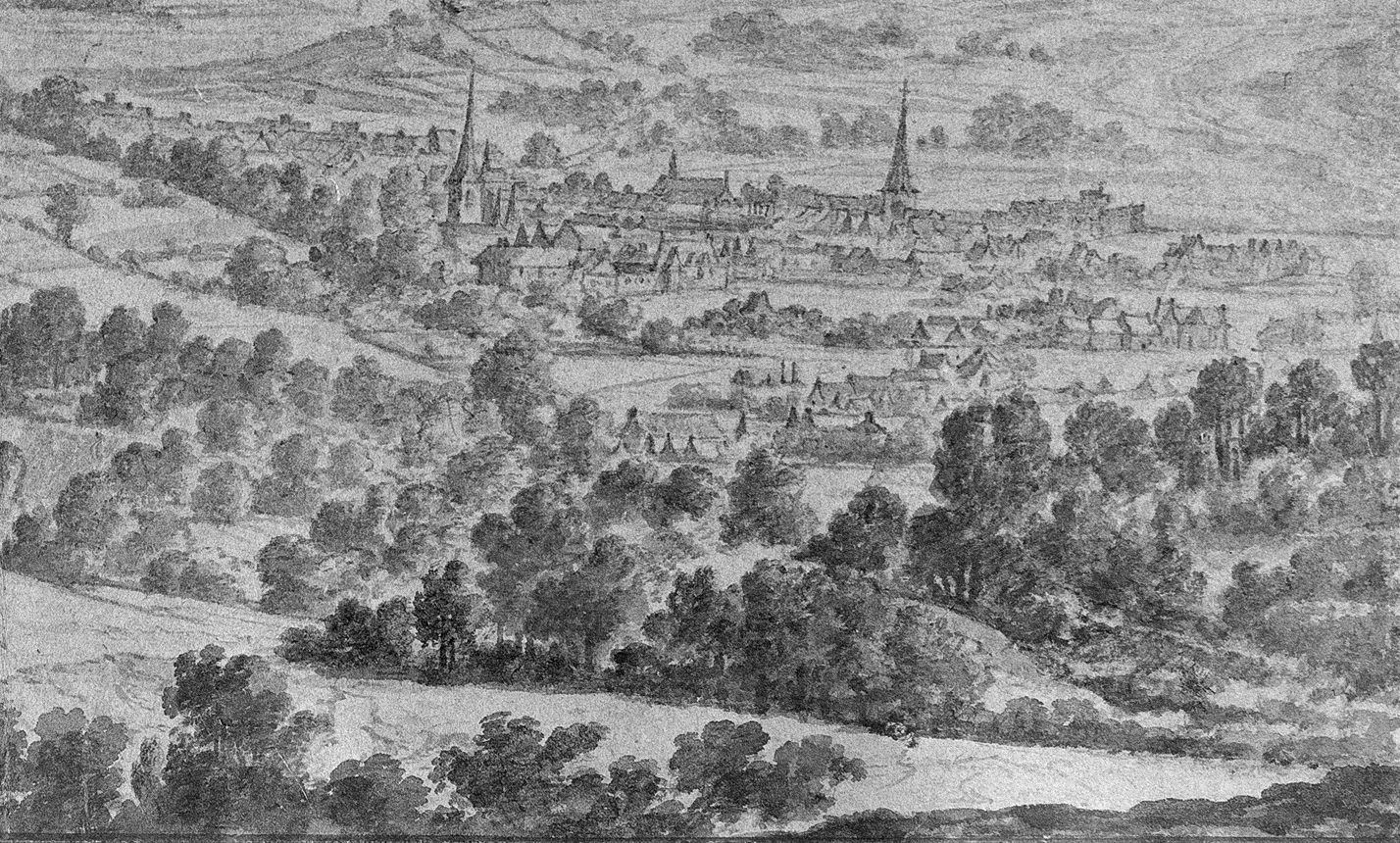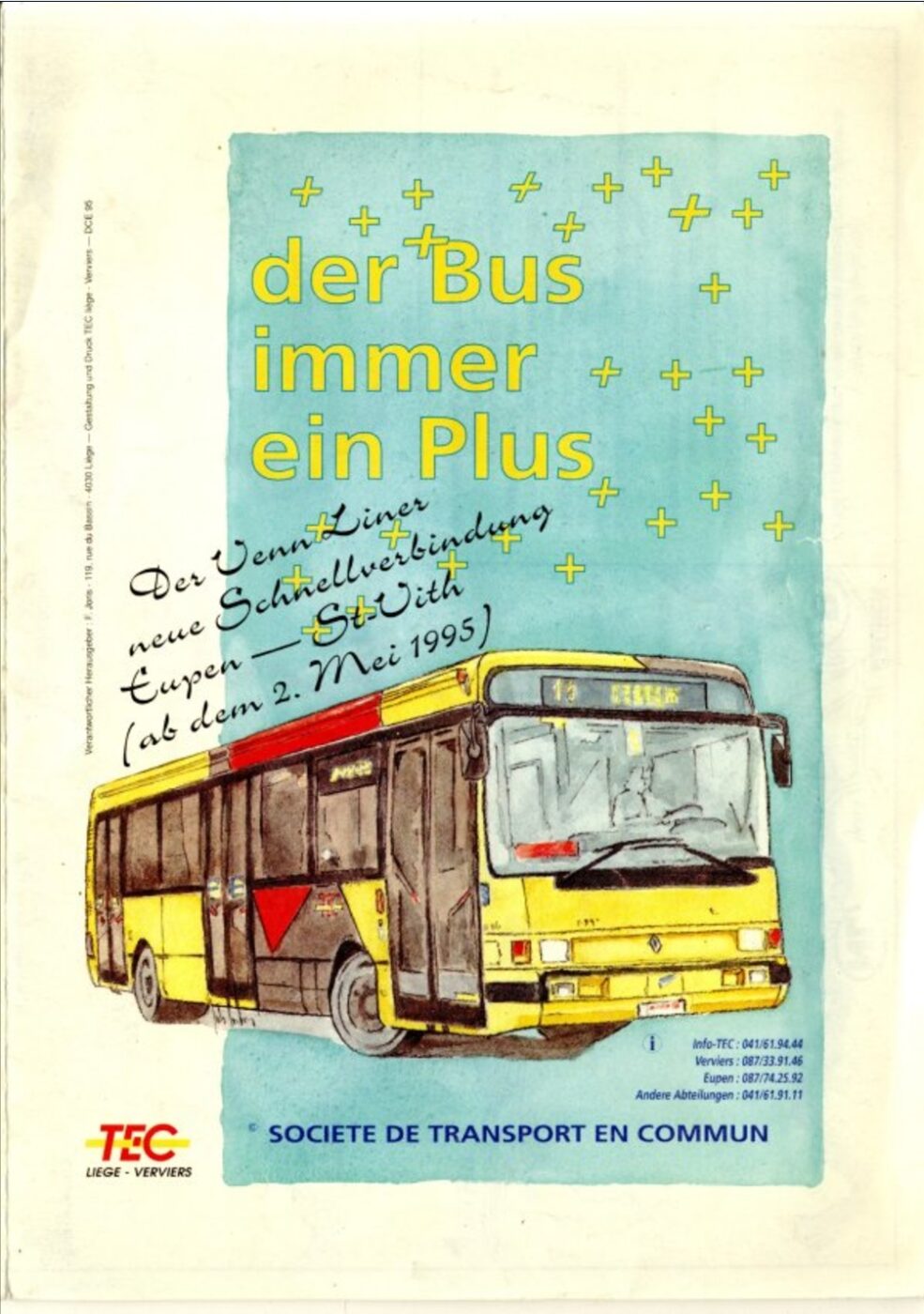However, the road was not a connecting element. The lack of cars made crossing the High Fens from the south of what is now East Belgium unattractive. To get around, the railway was the main mode of transport, which led either directly to Aachen or to other areas. Due to its economic weakness, the Belgian Eifel was also not a centre of attraction for the Eupen population.
Today, the Vennstrasse is a site of memory for the East Belgians. The annexation of Eupen-Malmedy to Belgium brought it into the consciousness of the population from 1920 onwards. For the first time, crossing the Fens could be of interest to get in touch with other German-speaking Belgians. A traffic census from 1928 shows that crossing the high moor on the Venn road became more common.
Today, it is often hyped up as the lifeline between the north and south of East Belgium. Such teleological view of a road aside, its usefulness for many people from the south of East Belgium should not be cast aside. For a long time, it has been a commuting route for workers who found work in the industrialised city of Eupen, and it still is today.
The road symbolises a sense of shared identity among German-speaking Belgians in an interesting way. The subordinate phrase ‘driving over the Fens’ has thereby become a proverbial manifestation of the unity of the Eupen region and the Belgian Eifel in both the south and the north. The Vennliner continued to help strengthen the connection between north and south as a bus service from 1995 onwards.
However, one fact should not be forgotten in this mystified site of memory: while in 2015 around 900 people – and this does not include the employees of some state agencies – from the Belgian Eifel region won their daily bread by crossing the Fens, the reverse is not the case. Only about 250 people from the Eupen region found employment in the south of East Belgium. Hence, people from Eupen and the Eifel remark with a smile that the journey from Eupen to Sankt Vith feels much longer than the journey from Sankt Vith to Eupen. So is the Vennstraße a site of memory in one direction only?

